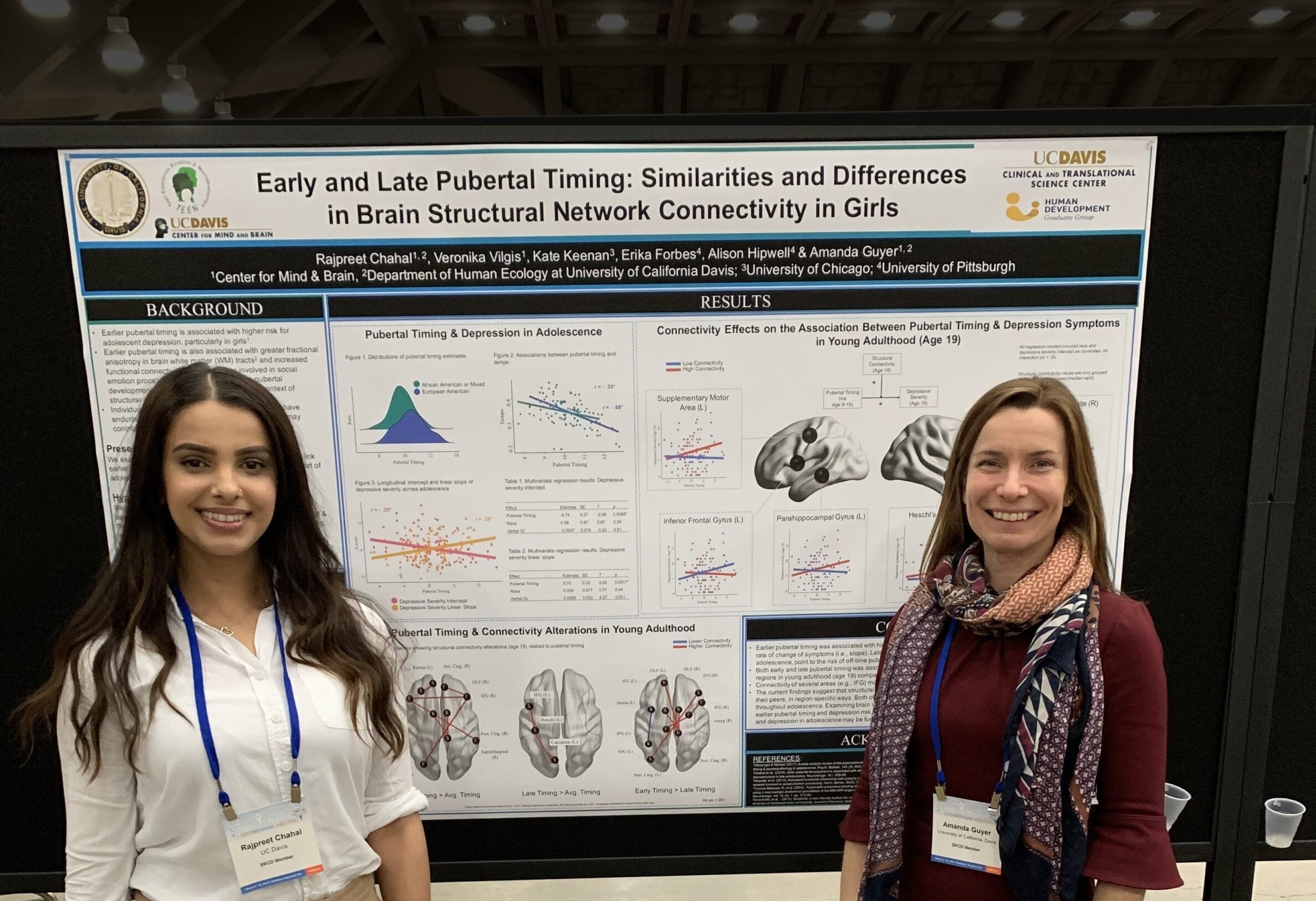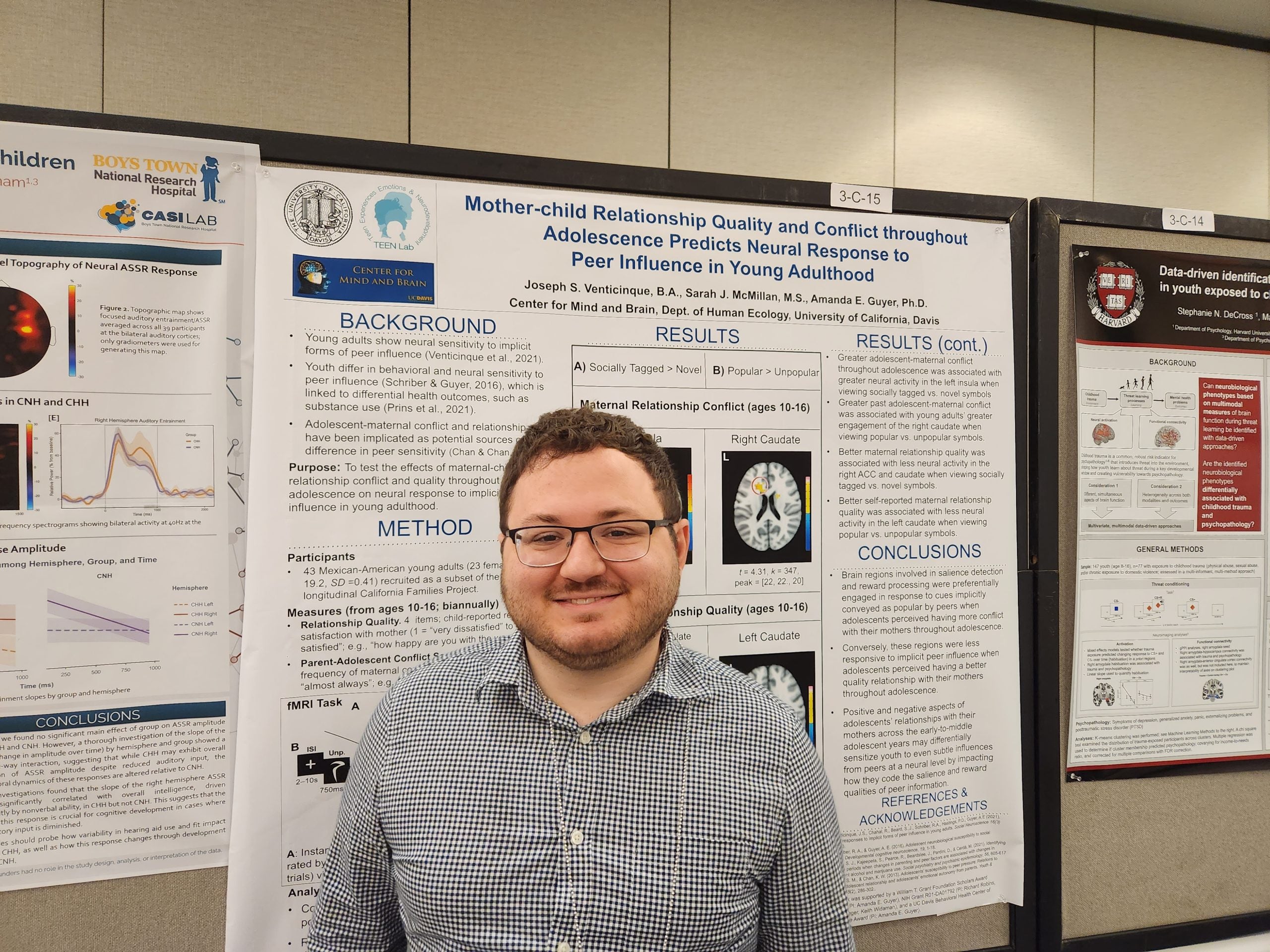Depression is more likely to onset in adolescence than in childhood and higher rates of depression in females typically emerge in adolescence. These patterns suggest that vulnerability for depression in females may be rooted in neurodevelopmental mechanisms given the continued development in adolescence of the neural circuits that support cognitive and emotional regulation. With my colleagues Kate Keenan (U Chicago) and Erika Forbes (U Pittsburgh), we are examining developmental trajectories of functional connections between affective and cognitive circuits engaged by emotionally evocative stimuli and trajectories of depression across adolescence in girls. This NIMH-funded study draws on a well-characterized sample of over 200 girls at high risk for depressive disorders assessed annually from ages 9-14 on depression symptoms, life events, and other psychosocial factors. We are now studying this Pittsburgh-based sample across ages 16-20 with annual neuroimaging assessments of emotional memory and reward processing and annual assessments of depression and life stressors. Our aim is to identify which girls are at greatest risk for developing depressive disorders and whether different pathways to developing mature interconnections between brain circuits explain individual differences in risk for depression.
For more about the study: Pittsburgh Girls Study




